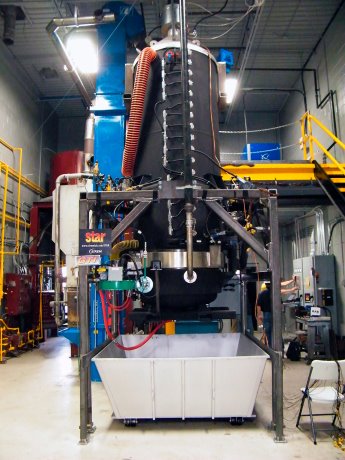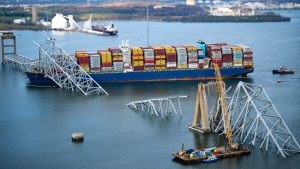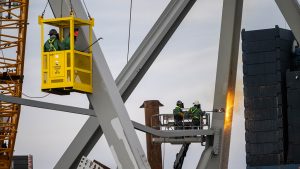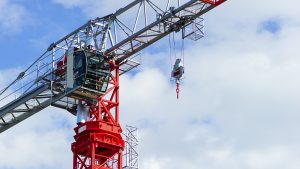Promising new brownfield assessment and cleanup technologies are helping to cut remediation costs and shorten cleanup times.
One of those technologies employs granular activated carbon — the black material typically found in drinking water filter systems such as Brita. Tailored to remediating chlorinated solvents, the product is made from organic compounds that are burned to create a porous structure that absorbs and traps contaminants, said Bruce Tunnicliffe during the seventh Annual Brownfields Conference held recently in Toronto.
Tunnicliffe, the president of Vertex Environmental Inc. and a panellist at a seminar examining emerging technologies, told delegates that activated carbon can be an inexpensive form of remediation and it can provide developers with a certainty of success.
"The carbon can absorb larger molecules at a higher loading rate, trapping the contamination in place so that it allows more time for treatment," he said.
Furthermore, the technology can be done in situ, eliminating the need to truck away contaminated soil.
Vertex Environmental uses an activated carbon impregnated with iron called BOS100, made by Remediation Products Inc.
Typically, it is delivered through a drilling and injecting process into the soil.
Vertex has had "great success" with BOS100 on a number of sites to date and Tunnicliffe sees "a lot of momentum building in a novel approach like this."
Hester Groenevelt, another speaker at the emerging technologies seminar, told delegates that her employer, Geosyntec, and its academic partners are working on two new technologies: self-sustaining treatment for active remediation (STAR) for contaminated soils or liquid waste that is based on smouldering combustion; and advances in quantitative passive sampling for vapor intrusion assessments.
She pointed to the success of new technology at a former manufacturing site in New Jersey containing 55,000 cubic yards of impacted soil in shallow fill and deep sand zones. In one area, 10,000 kilograms of coal tar was destroyed in 10 days through the use of STAR.
Groenevelt said that Geosyntec’s work proves that emerging technologies can move through the academic stream relatively quickly to become practical in situ tools for brownfield remediation.
"This has all happened in about eight to 10 years and many of these projects are multi-million dollar projects and they are conducted around the world," she said.
Even after remediation, brownfield sites are not always ready for development. Brownfields in the Netherlands where high water tables create unconsolidated soils is an example, said Yvo Veenis, hydrologist and co-owner of Groundwater Technology in Rotterdam, Holland.
A small earthquake that has little impact on the buildings and infrastructure in most of Canada can be devastating in Holland where some land is prone to liquefaction. Veenis told delegates that loose soil can be stabilized to support buildings by cementing soil particles together to attain strengths equivalent to concrete.
While assessing the state of a brownfield and all of its past uses can be complex and time-consuming, Diana Saccone of Environmental Risk Information Services (ERIS) told delegates about a new interactive web-based app for overlaying data and historical images called ERIS Xplorer that assists with brownfield development and specific site assessments.
With the app, users view brownfield data — including history of uses illustrated on old maps — and by using a source filter tool they can home in on specific information such as leaking underground tanks. All ready to market in the U.S., ERIS Xplorer is slated for release in Canada in July. Aside from reports on a site provided by ERIS, the app will cost users $25.
In situ chemical and biological remediation has come a long way over the past decade or so but with an array of technologies available to environmental consultants and contractors sometimes they can be misunderstood and misused.
Prior to doing work in situ, however, conducting treatability studies with a relatively new technology in a lab is often a smart starting point.
"If it doesn’t work in ideal conditions in a lab it is not going to work in the field," said Jean Pare, Chemco Inc., a technology supplier that assesses about 500 sites in Canada.
Lab tests can range from a few thousand dollars to $25,000 "but at least you walk into the field with a proper data set," Pare told the seminar.










Recent Comments
comments for this post are closed